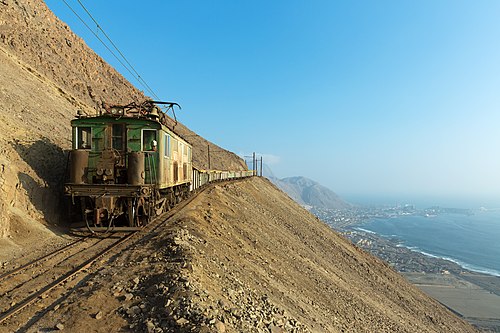This is an old revision of this page, as edited by Dreamafter (talk | contribs) at 00:59, 11 May 2007 (added editor review sticker to my page.). The present address (URL) is a permanent link to this revision, which may differ significantly from the current revision.
Revision as of 00:59, 11 May 2007 by Dreamafter (talk | contribs) (added editor review sticker to my page.)(diff) ← Previous revision | Latest revision (diff) | Newer revision → (diff)| This user has been adopted by Mahanga. |

Hello
Hello and welcome to my user page. I am just a fan of Misplaced Pages and have recently had an urge to fix some of the very few mistakes that I have noticed. I have my own sandbox.
|- ! ] | | | 2 | 2 | 2 | 2 | 2 | 2 | style="text-align: left;" |
 |
HOW'S MY EDITING? |
| Please review me! |
|
